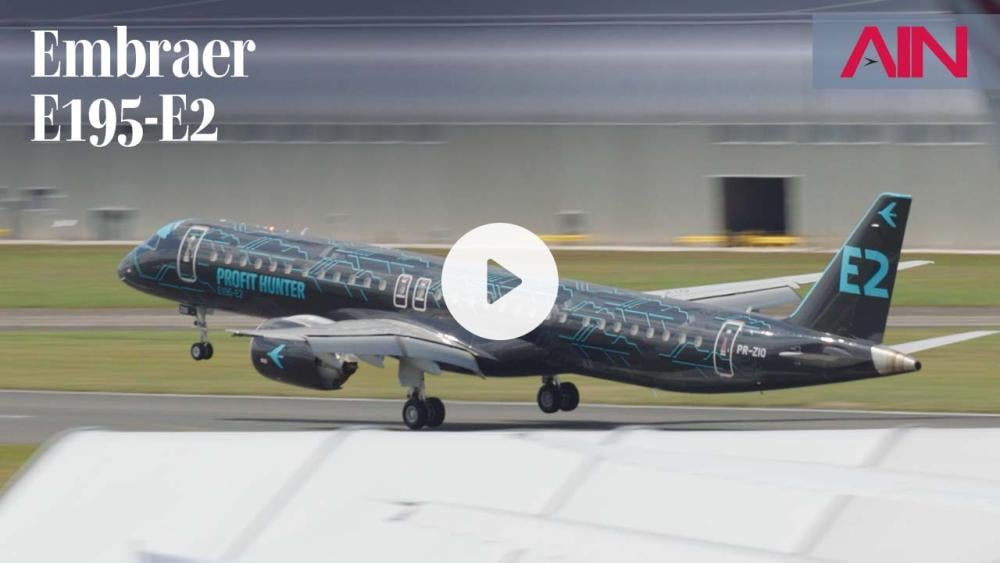It was a night tailor-made for flying–smooth air, barely a cloud in the sky, and miles of visibility. The center controller had handed the crew off to approach control with a friendly, “G’night,” and within a few minutes, the pilots were cleared for a visual approach to the active runway about 15 miles straight ahead. From their position, the crew could easily see the airport, enveloped by the sodium-vapor shimmer of the city’s vast downtown. Just another routine flight, to be followed shortly by a van ride to the hotel and some well-deserved shuteye.
Everything appeared normal until at some point during the descent the calm in the cockpit suddenly was broken by a stern male voice calling out, “Caution, terrain!” For reasons neither pilot could immediately grasp, the Enhanced Ground Proximity Warning System had triggered an alert. The pilots did not understand why. The airport was right there, less than 10 miles ahead.












